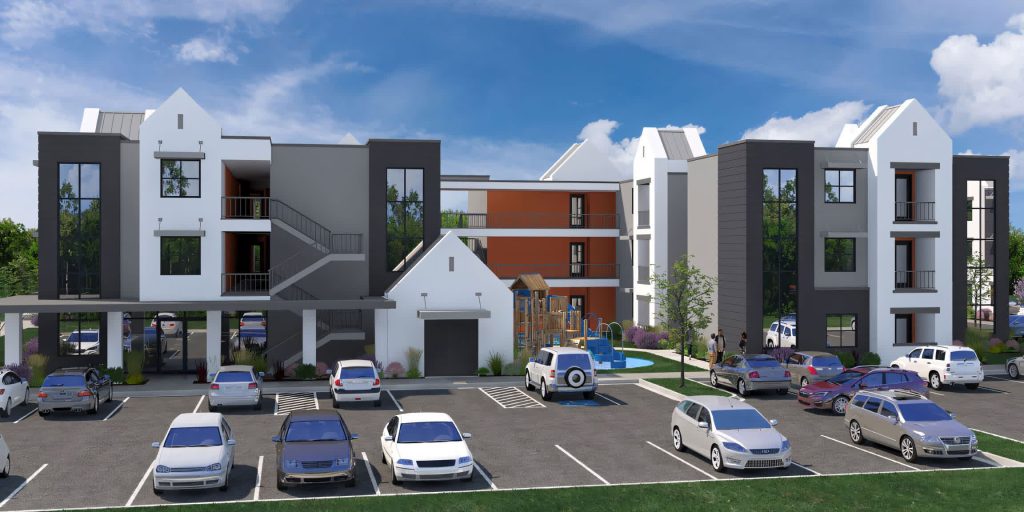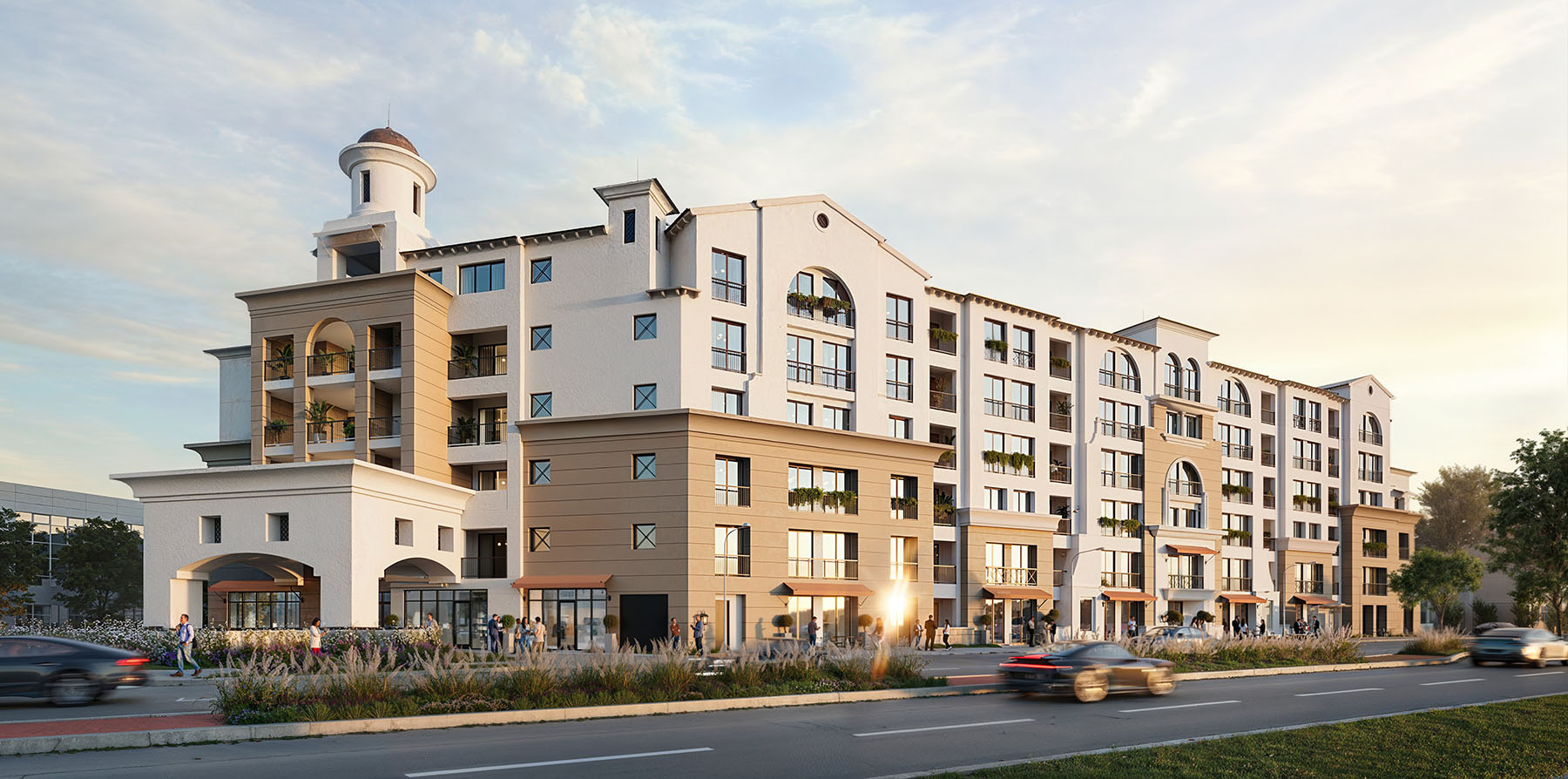The multifamily housing market in California is rapidly evolving, driven by shifting demographics, technological advancements, and the changing needs of those who occupy these spaces. As we’re well into 2024, some key trends have emerged in multifamily floor plan design. Here are some of the top trends:
Sustainability
Sustainability is no longer a buzzword; it’s a necessity. So far this year, there has been a surge in eco-friendly, multifamily housing design, especially in cities such as Sacramento, Santa Barbara, and San Jose. Green building materials, energy-efficient appliances, and sustainable practices are all the norm, not the exception. Solar panels, green roofs, and rainwater harvesting systems are becoming standard features, helping reduce carbon footprints and appeal to the eco-conscious public. LEED certification and other green building standards continue to influence design and construction.
Technology and Smart Homes
The integration of smart technology in multifamily housing design has taken off in California and beyond. Smart home devices, such as thermostats, lighting systems, and security cameras, are becoming standard in new developments. These technologies not only enhance the living experience by providing convenience and energy efficiency, but also appeal to a new generation of tech-savvy occupants who expect seamless connectivity. Moreover, property management software is evolving, enabling owners, landlords and tenants to manage everything from maintenance requests to rent payments online, enhancing efficiency and satisfaction.

Flexible Workspaces
With the rise of remote work, multifamily housing developers are rethinking communal spaces. This year, more properties offer coworking spaces, private offices and high-speed internet as part of their amenities. These spaces are designed to meet the needs of remote workers, providing a productive environment without leaving home. This trend is especially popular among younger professionals who prioritize work-life balance and flexibility. Multifamily properties that adapt to this shift will be well-positioned to attract a growing segment of remote workers.
Focus on Wellness and Community
Health and wellness are increasingly important to residents, and multifamily housing is adapting accordingly. Developers are adding wellness-focused amenities like fitness centers, yoga studios, outdoor spaces, and even on-site wellness programs. The emphasis on community building is also growing, with developers creating spaces that foster social interaction, such as communal kitchens, event spaces, and resident activities. These features cater to those who value holistic well-being and a sense of community.
Urban Infill and Transit-Oriented Development
As areas such as Sacramento, Santa Barbara and the Bay Area continue to grow, the demand for urban infill and transit-oriented development is on the rise. Multifamily housing developments near public transportation hubs and in urban cores offer convenience and reduce the need for personal vehicles, appealing to environmentally conscious residents and those seeking easy access to work, entertainment, and amenities. Developers are increasingly focusing on these areas to maximize land use and cater to the growing preference for walkable, connected neighborhoods.
Multifamily Housing Design
California’s multifamily housing market in 2024 is defined by sustainability, technology, and adaptability to the evolving needs of residents. Developers who embrace these trends will not only meet the demands of today’s market but also set the stage for future growth and success. As the industry continues to innovate, staying informed and responsive to these emerging trends will be key to thriving in the competitive multifamily housing market, especially in areas such as Sacramento, Santa Barbara and the San Francisco Bay Area.

